What Is Plate Compactor, How It Works, How To Use It
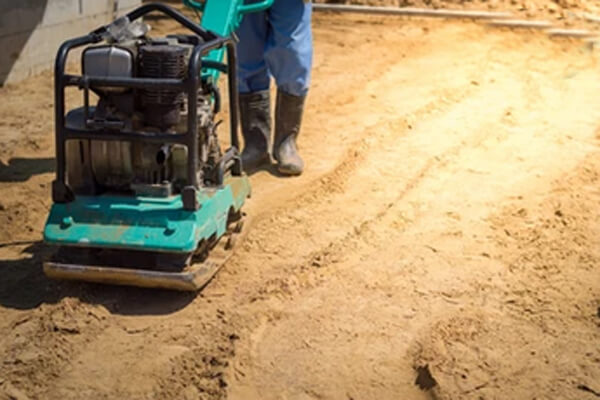
When the soil particles are compressed, the pore space between them is reduced, resulting in soil compaction. Compressed soils have fewer large pores, less total pore volume, and a higher density. The infiltration and drainage rates of compacted soil are reduced. The reason is that large pores move water more efficiently through the soil than smaller pores. Compaction can be performed using various equipment. One such type is plate compactor, which we will be discussing in this article.
Contents
What Is a Plate Compactor
In construction projects that require a stable subsurface, plate compactors are used to compact some types of soil and gravel. They are also known as plate tampers.
A plate compactor is available in a variety of shapes, sizes, and accessories, but the main features remain the same. The core of the machine is a heavy, flat plate that rests on the ground when it is not in use. A gasoline or diesel engine drives or vibrates the plate.
How It Works
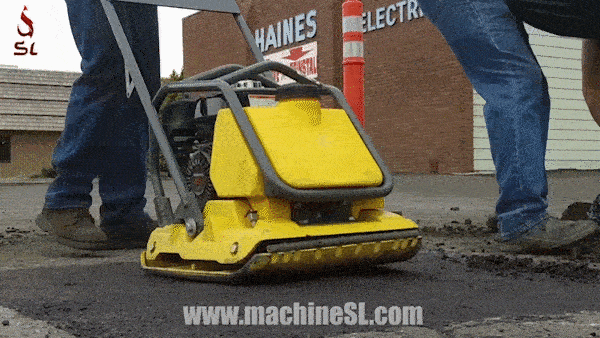
Plate compactors work with a heavy plate on the bottom, which moves rapidly up and down. In combination with rapid impacts, plate weight, and impact forces, the soil underneath is compacted or packed.
Plate compactors work best on granular soils, such as those that contain more sand or gravel. It may be beneficial to add some moisture to the soil before using the plate compactor. It generally takes two to four passes to achieve proper compaction, but the compactor manufacturer or design engineer can provide some advice depending on the situation.
A plate compactor can be used to compact asphalt and sub-base on driveways and parking lots, as well as to repair them. They are useful in tight spaces that a larger roller might not be able to reach. There are a few options available to contractors when it comes to choosing the right plate compactor.
Compactors are categorized into three main categories:
- single-plate compactors
- reversible compactors
- high performance/heavy-duty compactors.
A contractor must decide which of these to use depending on the job’s size and type.
Types of Plate Compactors
Following are the types of plate compactor
Single-plate compactors
Asphalt jobs typically require a single-plate compactor, which only compresses in one direction.
Reversible compactors
Some reversible plates operate in a hover mode, too. Several types of reversible plates come in both forward and reverse versions.
High-performance/heavy-duty compactors
The use of reversible and high-performance/heavy-duty plate compactors is commonly seen for sub-base and deep compaction.
Hydraulic Plate Compactors
Compaction plates are often attached to excavators or backhoes in place of buckets. In trenches, over and around pipes, or as high as the tops of pilings and sheet piles, excavator plate compactors can work productively. There’s no need to worry about foundations, obstructions, or steep slopes because this machine can work right next to them or on rough terrain where conventional rollers or other machines can’t. Compaction and driving action on excavators can be conducted with a worker within a boom’s length, which reduces the risk of cave-ins and equipment contact.
Modern contractors and budget-conscious municipalities must have these two advantages to remain competitive. With your carrier’s hydraulic system, you can save money on fuel in addition to reducing the need for other expensive machines and equipment. You can accomplish this by using your excavator’s plate compactor to:
- The boom can compact or drive anywhere, often in areas that a man cannot.
- Compaction of aggregates and soil
- Compaction of trenches as deep as a bucket can go
- Slope compaction on steep slopes
- Stabilization of the soil
- Compaction of waste at waste transfer stations, etc.
How to Use a Plate Compactor
Following steps should be followed to perform compaction using a plate compactor:
- Rake the surface of the ground using a wide-toothed rake to make it as smooth as possible. By doing this, it is much easier to push and walk the vibratory plate compactor.
- Wet conditions can lead to compaction assistance, however, a compactor should not be used if the ground is soaked or muddy. You’ll also need a hose to keep the base plate clean when it’s wet, as well as a bottle of kerosene to remove asphalt from the plate if it’s an asphalt surface you’re working with.
- Before starting the engine, the engine will be primed and a choke will need to be closed. After you start your compactor, you mustn’t flood the engine and open the choke. It’s time to turn on the engine if a throttle control is near it.
- Wear your safety equipment before you start the machine, such as safety glasses, work gloves, earplugs, and steel-toed boots.
- To begin compacting, start the machine at one corner and turn it on. Ensure you are holding onto the handle. It will seem like the machine is floating over the surface because of the rapid vibration of the plate. Compress the entire area back and forth in straight lines.
- Place the compactor at the same corner as before, but this time move perpendicular to the first pass. A foundation that is even more compacted is ensured by this overlapping pattern. A minimum of two more times should be repeated.
- Once you’ve installed pavers, you’ll need to use the compactor to make sure they’re seated and even.
Hence, in this way plate compactor can be used.
Conclusions
To conclude, plate compactor functioning and use are explained in this article. A plate compactor is the most commonly used equipment for small compaction jobs. They can also easily be rented. They can be either electric or gasoline-powered.
An electric model is a quitter than a gasoline-powered one. There are categorized into three types based on their motion and power. An interesting application of plate compactors is combining them with an excavator. It is then called a hydraulic plate compactor. With this combination, you can also make use of the arm length of the excavator and perform compaction at places, where the human hand is difficult to reach.
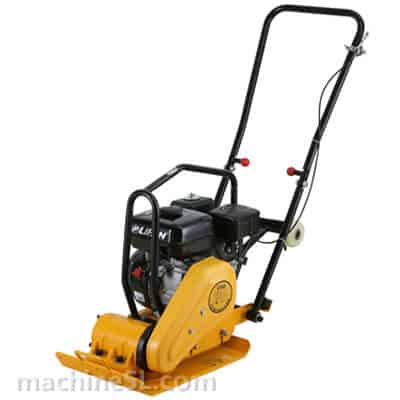
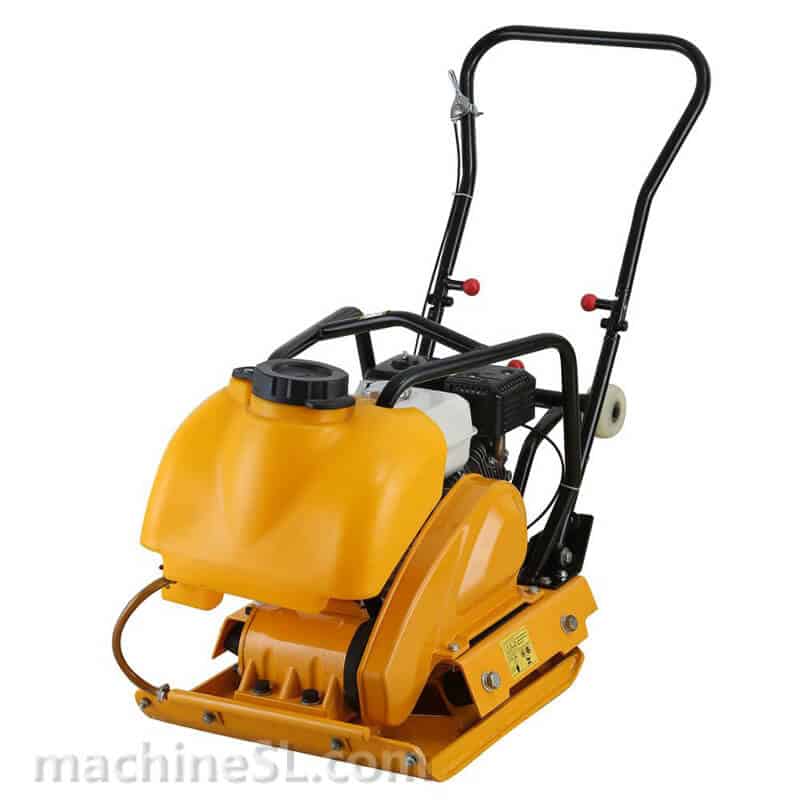
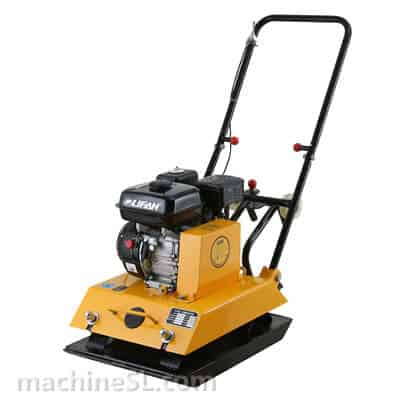
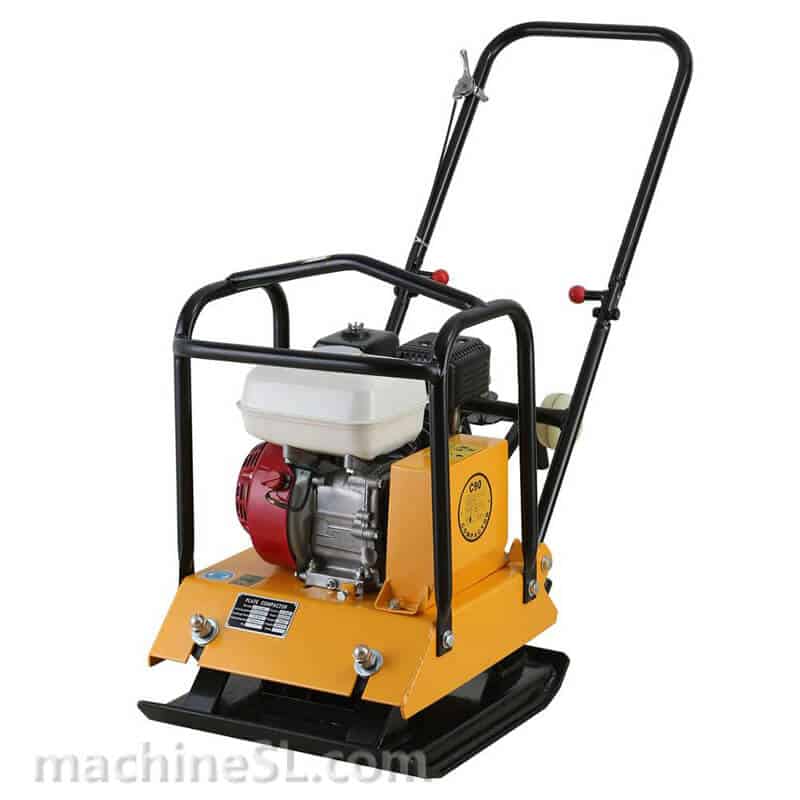
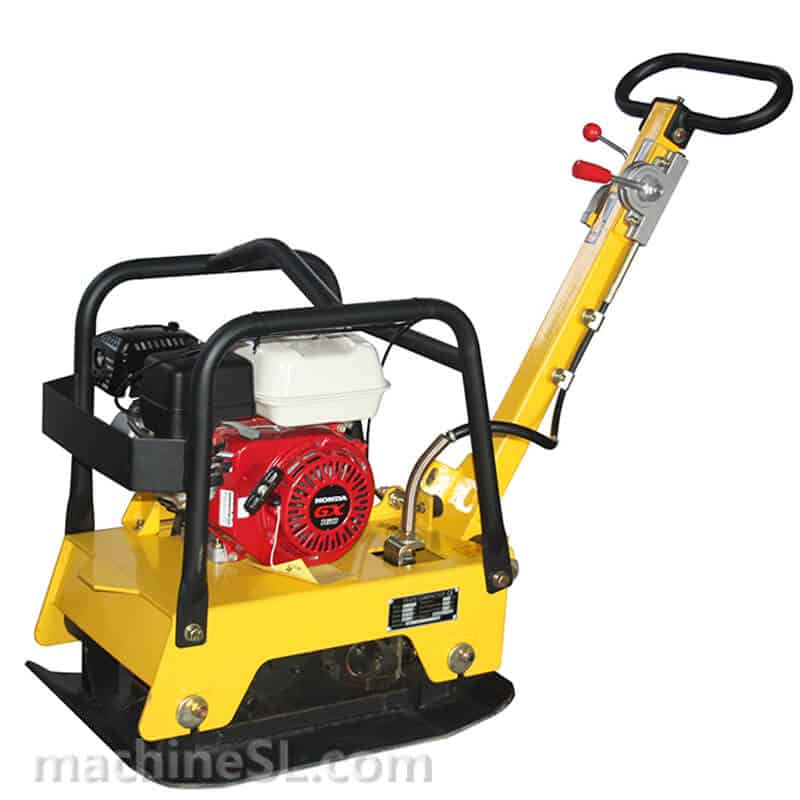
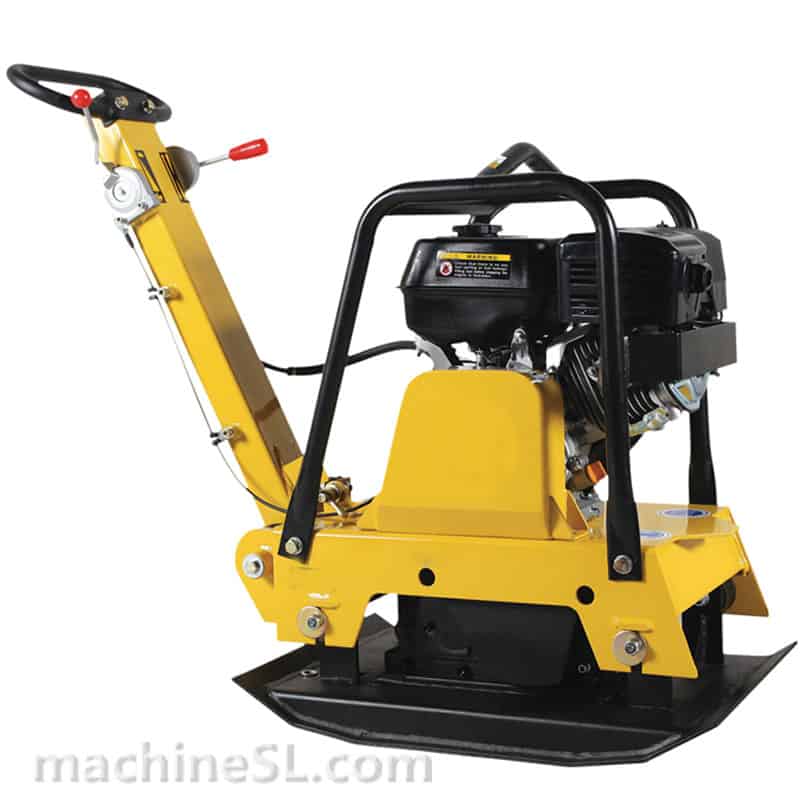
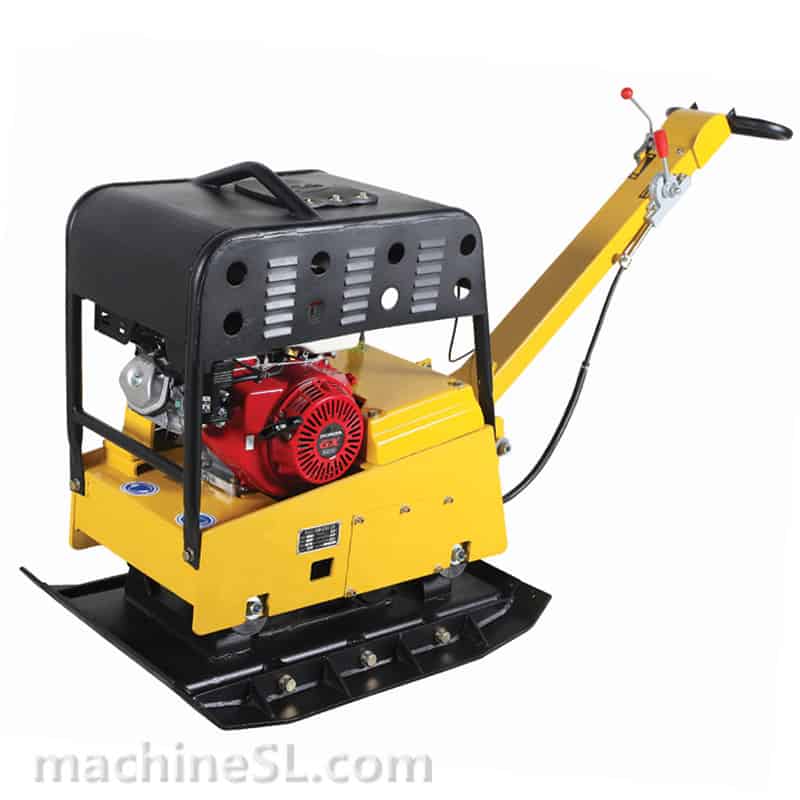
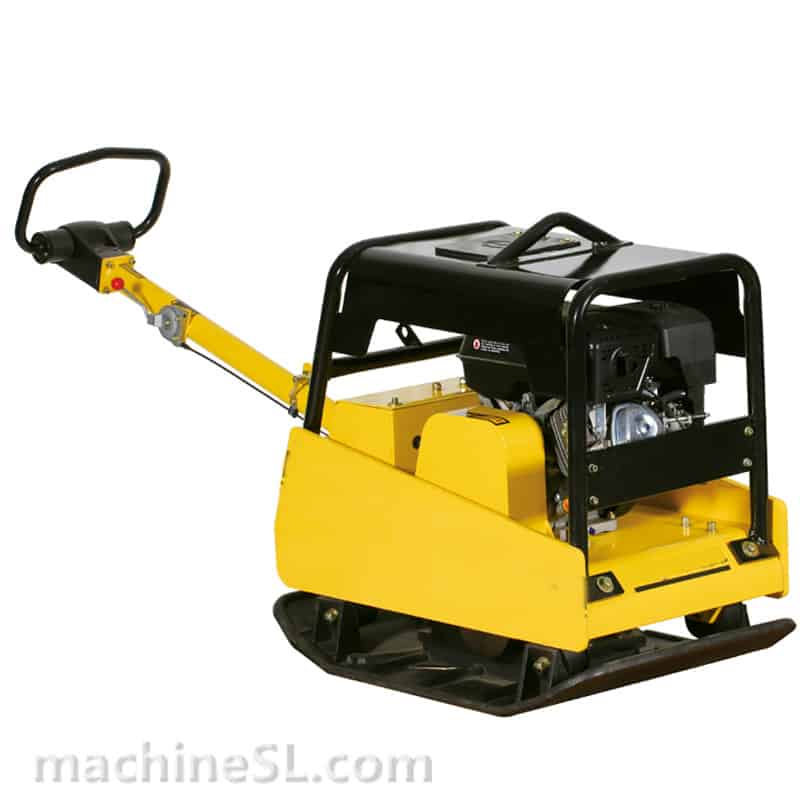
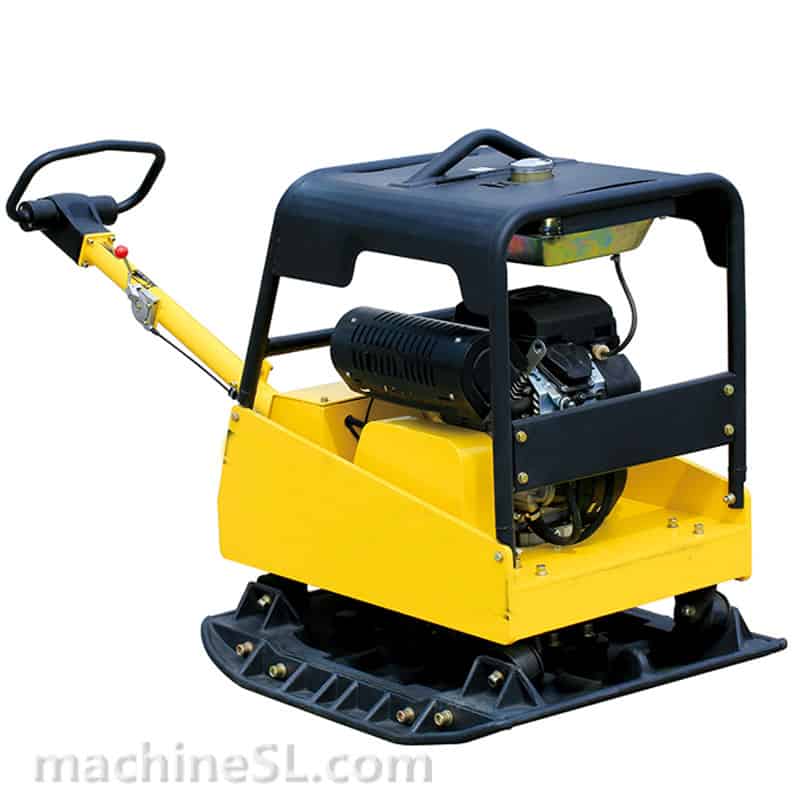
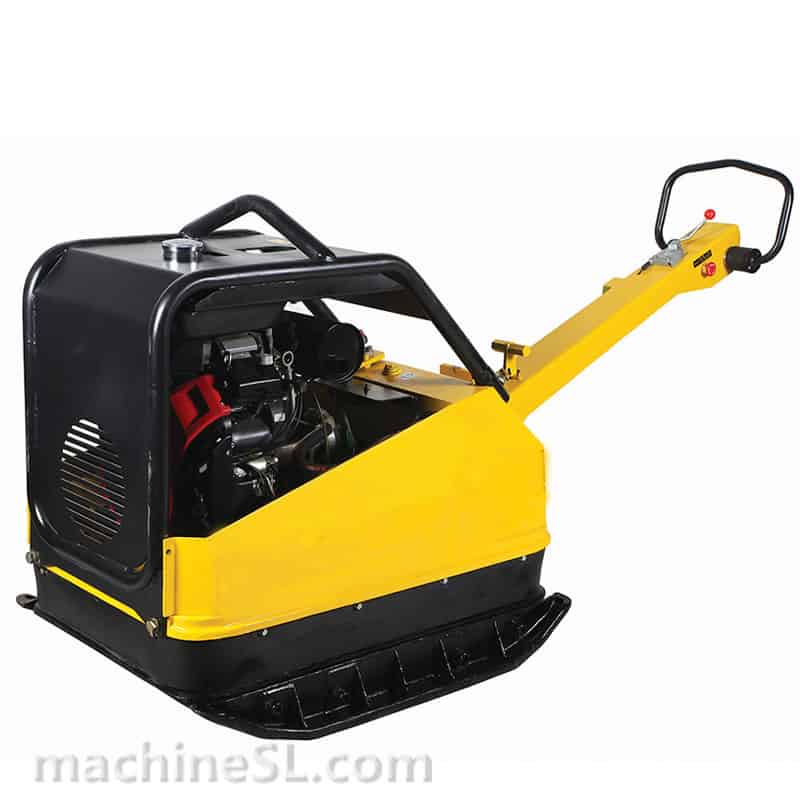
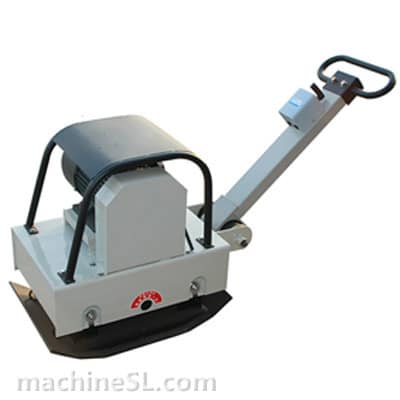
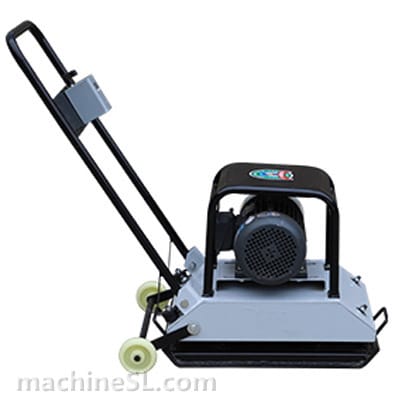
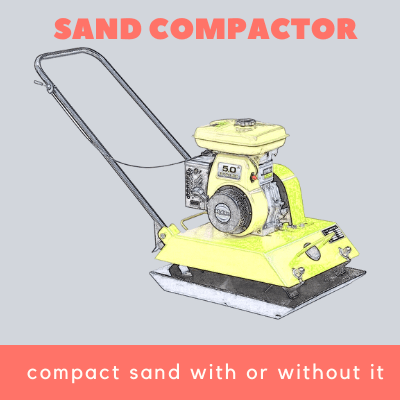
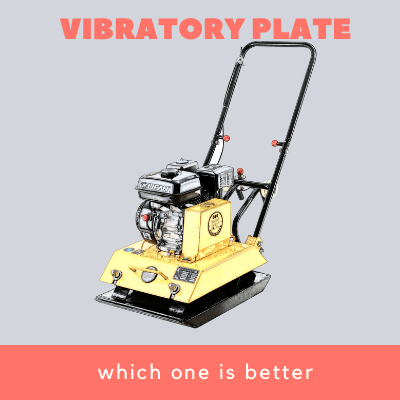
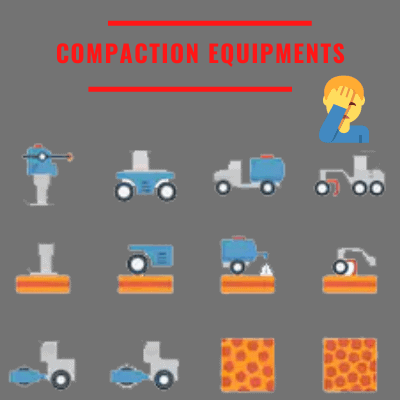
[…] Next, you must ensure that you tamp down the soil in the excavated area. You can use whichever method and tool are available to you. A good example is a motorized compactor. […]
thanks